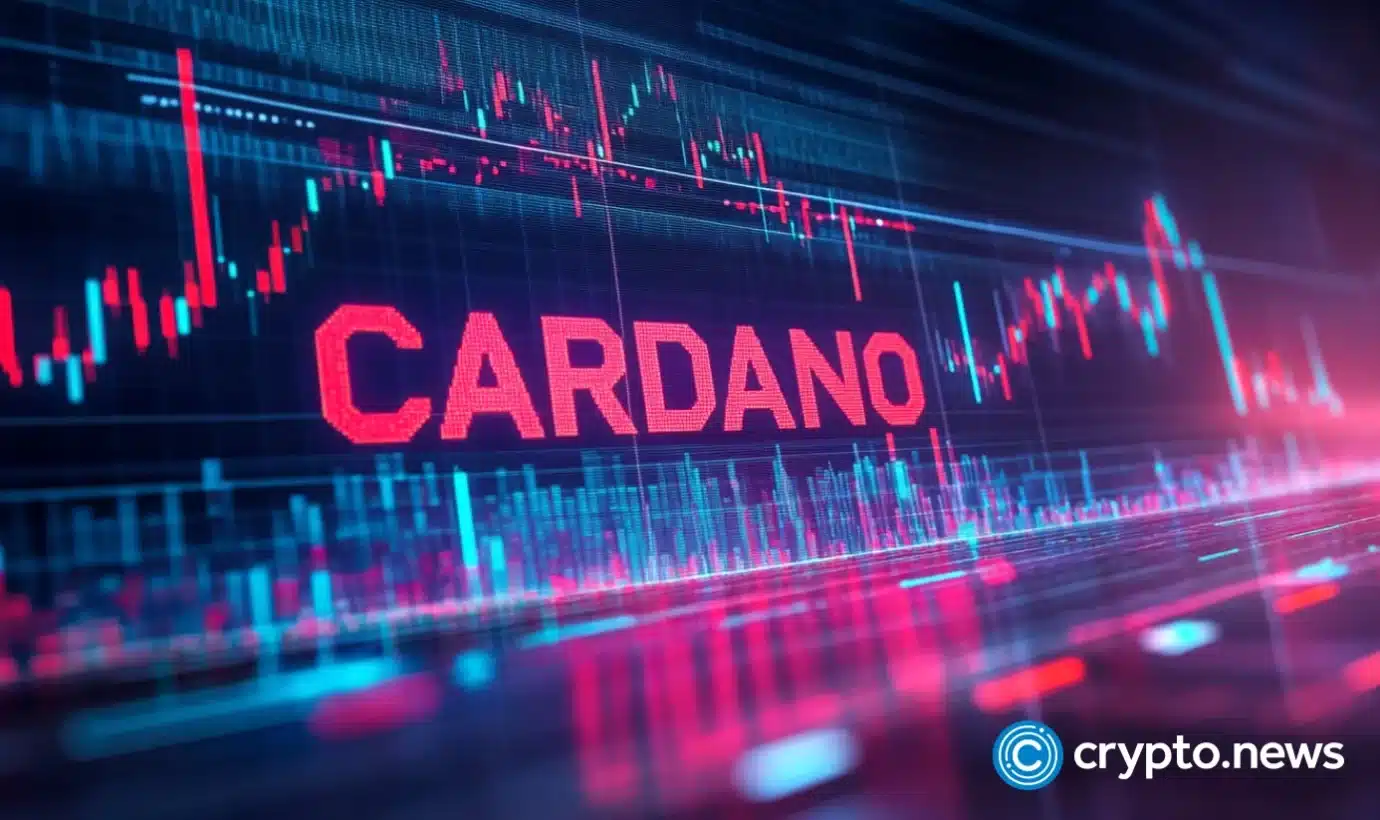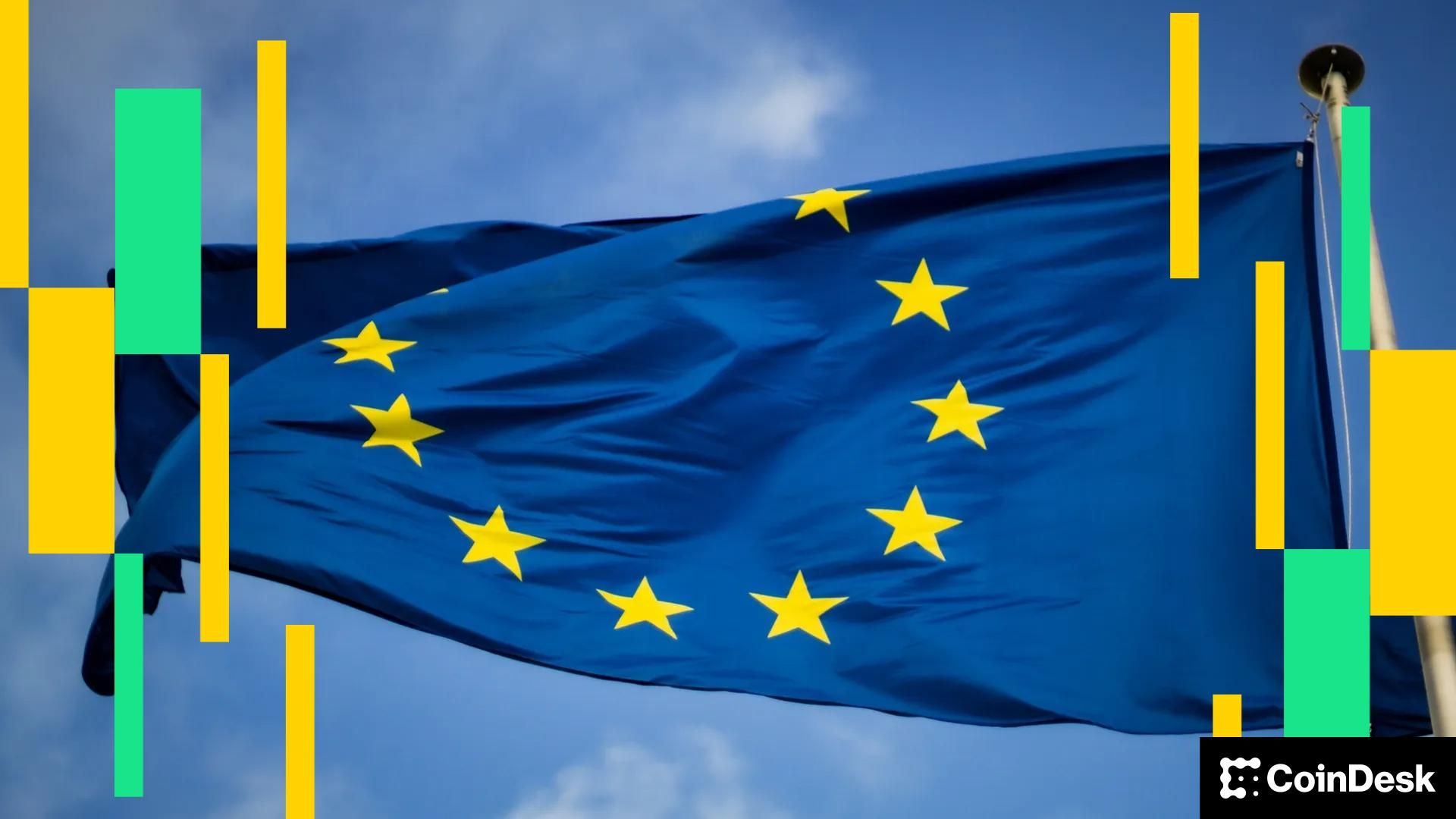NFT sales drop 28% to $98m, Bored Ape Yacht Club sales surge 100%
NegativeCryptocurrency

NFT sales have seen a significant drop of 28% this week, totaling $98 million, according to CryptoSlam. This decline highlights the volatility in the NFT market, which has been struggling to maintain momentum. However, amidst this downturn, the Bored Ape Yacht Club has experienced a remarkable surge in sales, increasing by 100%. This contrast illustrates the varying fortunes within the NFT space, making it a critical moment for collectors and investors to reassess their strategies.
— Curated by the World Pulse Now AI Editorial System





